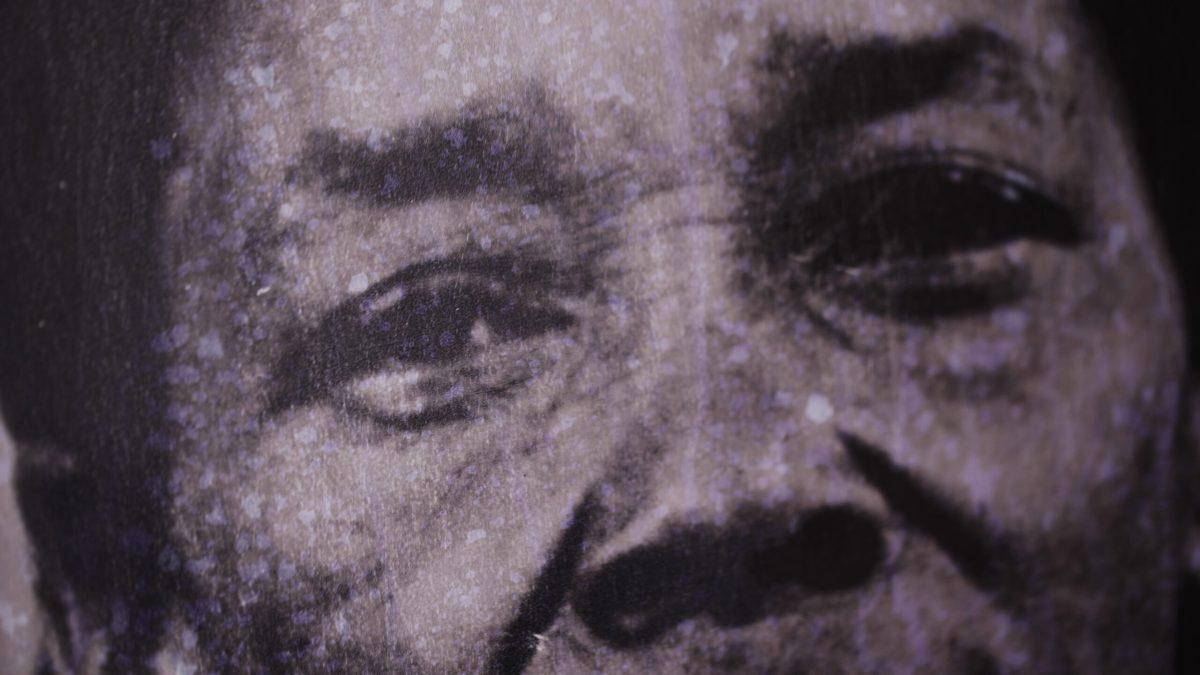
The film by Daniela Munoz Barroso searches to find the hidden history of “Mafifa” and the less hidden Conga all while Mafifa’s memory and Barroso’s hearing fade away.
This weekend, I had the opportunity to see the documentary “Mafifa,” directed by Daniela Munoz Barroso at the 2023 True/False Fest. “Mafifa” sets out to explore the Conga in Santiago, Cuba, through the eyes of one of Conga’s most skilled bell players, Gladys Esther Linares also known as “Mafifa.’ However, Barroso also becomes entangled with the themes of the documentary due to her bilateral hearing loss.
The personalization of its subject is what makes this film special and captivating. Barroso uses this story to not only better understand Conga and Linares, but to show the audience her directorial point of view. Barroso’s bilateral hearing loss complicates much of her journey. She slowly loses all hearing, starting with the highest of pitches. That makes her appreciation of Linare’s work all the more important.
This is mentioned in the beginning of the documentary as Barroso rides in a truck from Havana to Santiago. A child asks her a question and she does not hear it. Barroso’s directorial vision is important to the story because she sees and hears the world differently due to her hearing loss. Mafifa’s musical prowess was renowned by every subject interviewed. The narrator losing their ability to experience Conga through sound recontextualizes the work completely.
Linares, who died in 1980 at 44 years old, was a pillar of the Conga community, be it her mentees, neighbors or younger relatives. She is remembered as an incredibly independent woman who never married, had many friends and was always true to herself no matter what other people said about her.However, the memory of her is fading. The idea of fading memory parallels Barroso’s hearing loss, as some things will be lost to both Barroso and time. The sound design in this film is incredible and it allows the viewer to look into what it is like to be in the shoes of the narrator. The filmmakers intentionally distort the audio to immerse the readers in Barrosos experience with her hearing loss. Other times the film will show the full range of sound to give the viewer a full scope of Conga and its entire choir.
“Mafifa” has an extremely interesting camera direction. Oftentimes, when someone is interviewed, the camera remains extremely close and focuses on their eyes. This visual intimacy makes for a more personal viewing experience, as the audience is seeing the film through the subject’s perspective. The camera is also seldom steady- an attribute that immerses viewers into an almost first-person view.
Barroso honors the memory of Linares in her film, and she also honors herself and her experience creating the documentary through her directorial vision. Nearing the end of the film Barroso explains that a lot of the information she could have learned of Linares is now lost due to time. Barroso also loses her hearing, and so, loses a vital tool in understanding Conga. As the sound fades from Barroso’s mind, so does Mafifa’s memory.
This film is for anyone who wants a nuanced view of Conga through the eyes of not only one of Conga’s greatest performers, but also someone who deeply cares about the practice.
Edited by Egan Ward | [email protected] edited by Mary Philip